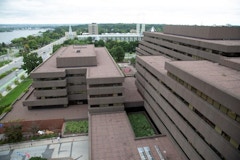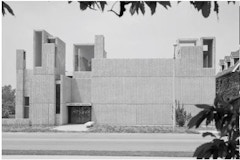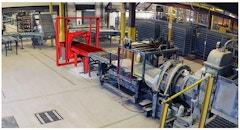
APT Washington 2021: Preservation Beyond Politics
College of Fellows Keynote: ‘Things That Should Look Permanent Forever’: The Challenges of Preserving the Washington Metro

College of Fellows Keynote: ‘Things That Should Look Permanent Forever’: The Challenges of Preserving the Washington Metro

Environmental and socio-economic benefits of sustainable preservation have become apparent most recently in the restoration of the historic former


Special guests Uta Pottgiesser of TU Delft and Angel Ayón of AYON Studio Architecture and Preservation discuss their recent book, Reglazing Modernism, where they explore facade intervention strategies on Modern-era buildings through international case studies.





Metal-framed glazed enclosures define contemporary architecture. But as our 20th century building stock continues to age, the restoration, rehabilitation and replacement of underperforming facades has created a specialized field of physicists and preservationists.



Dive deeper into the top papers from the 2020 World Congress! We invite you to tune in to the second episode of the series with Eric Haas, FAIA, LEED AP BD+C, Principal at DSH // Architecture, who will be speaking about his winning paper, "Put Your Sweater On! A Case for Low Performance."

As Docomomo US celebrates its 25th anniversary, we are headed back to where it all began, Chicago, Illinois. It was in 1995 that a group of volunteers gathered during the first Preserving the Recent Past conference to set in motion a Docomomo chapter in the United States.

The façade system is a potent potential lever for bringing transformative change to buildings and urban habitat in the pursuit of carbon reduction and net zero carbon goals. Nothing in architecture combines attributes of appearance and performance as does the building façade.

Approximately 80% of our total building stock is from the 20th century. During the last decades, along with an increasing appreciation of modern

This paper presents new historical research on the concrete facade of an important but relatively unknown and now demolished building by the American

Kresge Auditorium and the MIT Chapel, designed by Eero Saarinen and built in 1955, are both world renowned works of architecture and powerful symbols

This paper documents a six year academia/industry collaboration between researchers at the Department of Architecture, University at Buffalo (SUNY)